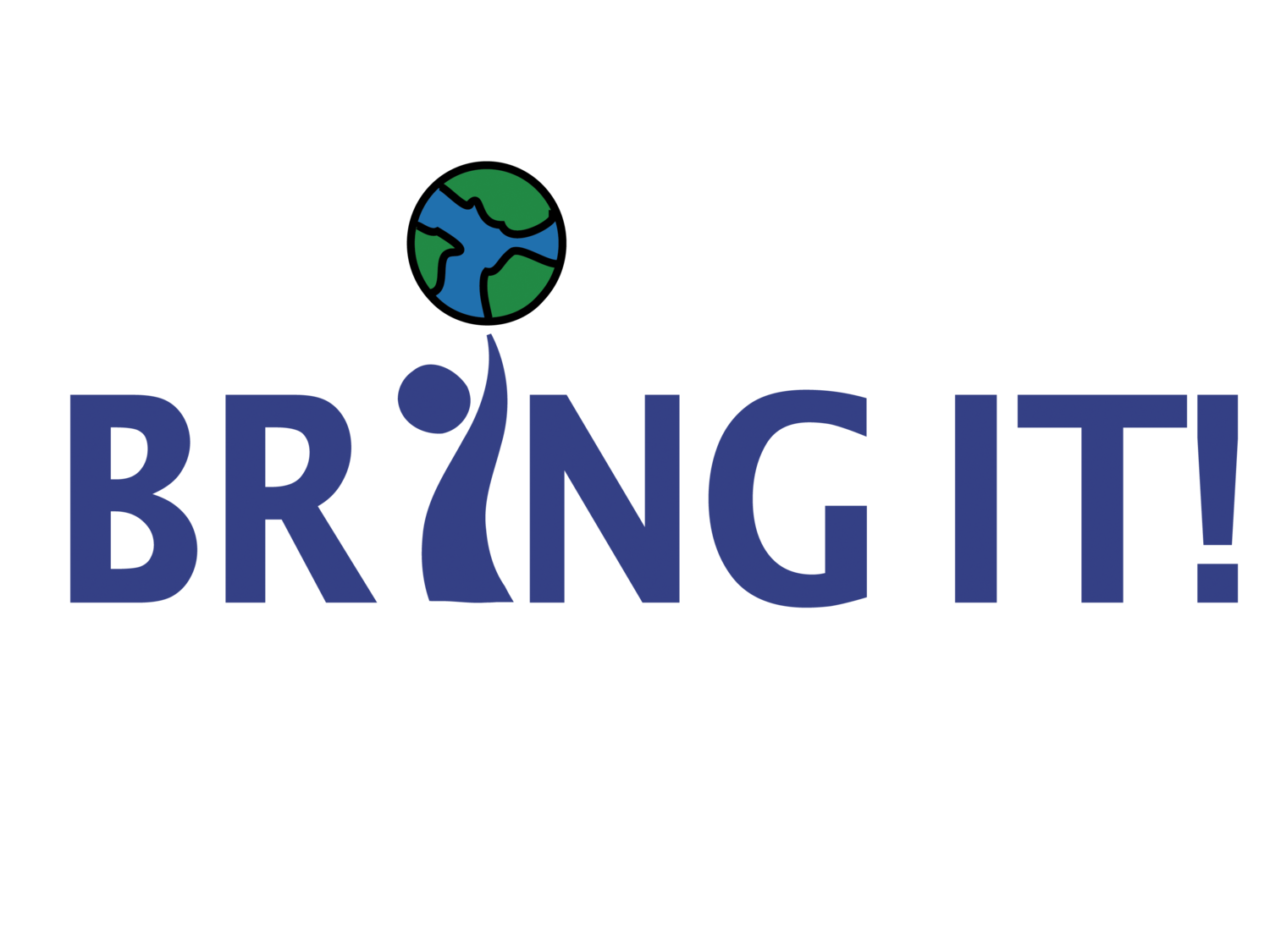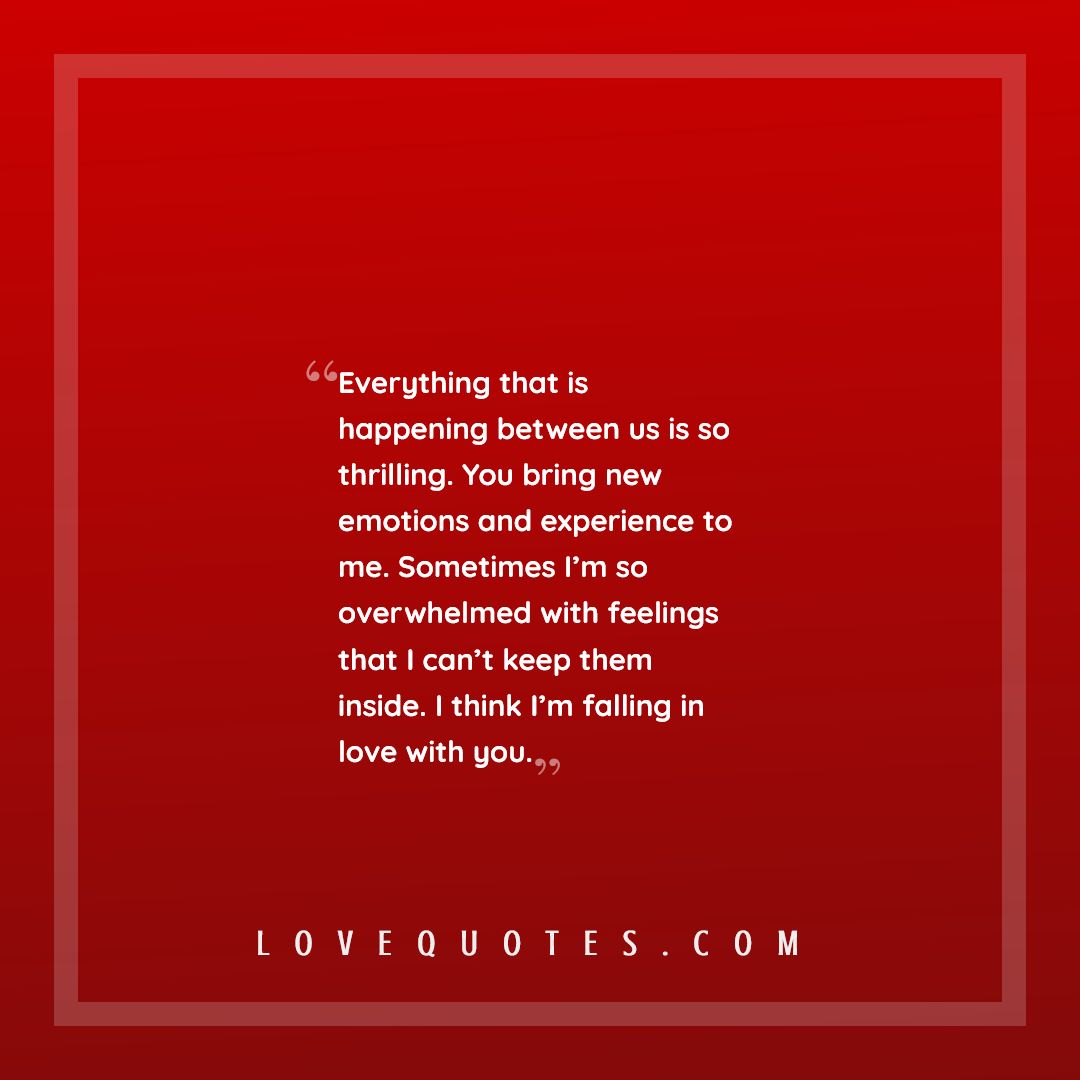Embracing The Call: Why We Say 'It Bring It On' In Life's Big Moments
Have you ever felt that surge of readiness, that feeling when a tough situation pops up, and instead of shrinking back, you feel a deep resolve to meet it head-on? It's a powerful sensation, really. This isn't about being reckless, you know, but more about a quiet confidence that whatever comes your way, you're ready to face it. That particular spirit, that readiness to meet a challenge, is what we often express with the phrase, "it bring it on."
It's a declaration, in a way, that you're prepared for whatever might happen next. Think about it: whether it's a small hiccup in your daily routine or a really big obstacle that seems to loom large, that attitude can make a huge difference. It shifts your perspective from being overwhelmed to feeling capable, and that's pretty significant.
This idea of saying "it bring it on" shows up in so many parts of our lives, from the tiny frustrations to truly massive undertakings. It's about a mindset, a willingness to engage with difficulties rather than avoid them, and that's something we can all connect with, actually.
Table of Contents
- What "It Bring It On" Really Means
- Small Battles, Big Spirit: Facing Digital Hurdles
- Towering Achievements: When Engineering Says "Bring It On"
- The Heart of Resilience: Learning from Challenges
- Cultivating Your "Bring It On" Mindset
- Your Next Step: Embracing the Challenge
- Frequently Asked Questions
What "It Bring It On" Really Means
The phrase "it bring it on" carries a certain weight, doesn't it? It's more than just words; it’s a whole approach to life's twist and turns. When someone says this, they're not wishing for trouble, but rather expressing a readiness, a preparedness for whatever comes next. It suggests a confidence in one's own ability to handle things, even when they get a bit tough. It’s a spirit that doesn't shy away from what's next, but instead steps forward to meet it.
This attitude is a powerful tool, really, for anyone facing something new or tricky. It’s about accepting that challenges are a part of living, and choosing to face them with a sense of purpose. It’s about shifting from a worried state to one of active engagement, which is pretty important for personal growth. So, it’s not just a saying; it’s a way of being, a declaration of inner strength.
This spirit can show up in all sorts of situations, from the everyday small annoyances to truly big, life-altering events. It’s about a willingness to try, to push through, and to find solutions, even when the path ahead isn't entirely clear. It's a way of saying, "Okay, I'm here, let's see what we can do," which, you know, makes a huge difference in how things turn out.
Small Battles, Big Spirit: Facing Digital Hurdles
Sometimes, the "it bring it on" moment pops up in unexpected places, like when you're dealing with technology that just won't cooperate. Take, for instance, the experience of someone trying to get a weather radar to work in a flight simulator. They mentioned flying the 777 has been great, with stunning system depth, but the weather radar? That's another story entirely. They couldn't find much on its usage in the FCOM, and despite pressing every button, it just wouldn't light up. This is a very common digital hurdle, isn't it?
Imagine the frustration: you've got Active Sky set to historical weather, maybe even where there was massive storm activity, and yet, no radar. People ask, "Is it simulated?" and express that they "can't get it to work no matter which buttons I press." This kind of issue, where a feature seems to resist all efforts, really tests your patience. It's a moment where you could just give up, or you could say, "it bring it on."
This is where the spirit of readiness comes into play. Instead of throwing in the towel, people look for answers. They ask questions in forums, they talk about plugins, like a FlyWithLua script that helps with weather changes and cloud improvements. This shows a real determination to figure things out, to get that weather radar working, and to truly enjoy the full experience. It's a small battle, perhaps, but it takes a genuine "bring it on" attitude to keep trying, even when things seem stuck, which is pretty inspiring, honestly.
The desire to make things work, to get past a technical snag, is a clear example of this mindset in action. You're not just accepting that something doesn't work; you're actively seeking ways to modify it, to understand the terms of its use, or to find a community solution. This persistence, in a way, is a testament to that readiness to face whatever comes up, even in the digital skies, and that's a good thing, you know?
It shows that even minor annoyances can spark a powerful desire to overcome. When someone says, "I have not gotten it to work, I've tried the following," it's not a sign of defeat, but rather a list of attempts, a record of their "bring it on" moments. They're telling you they've been at it, they've put in the effort, and they're still looking for that breakthrough. That's the spirit we're talking about, pretty much, in action.
Towering Achievements: When Engineering Says "Bring It On"
On a much grander scale, the "it bring it on" attitude can be seen in truly monumental human achievements, like the construction of Taipei 101. This skyscraper, a really striking building in Taiwan, stands tall as a symbol of human ingenuity facing immense natural forces. For a super-tall building like this, wind was once the biggest concern, but engineers knew they had to say "bring it on" to something even more powerful: earthquakes. Taiwan sits right on the Pacific Ring of Fire, you see, so seismic activity is a serious consideration.
To tackle these huge challenges, the designers, led by architect C.Y. Lee, incorporated incredible features. They put in massive dampeners, like the one in Taipei 101 that weighs 660 tons. Other buildings, like Shanghai Tower, have dampeners reaching a staggering 1000 tons! Placing such heavy devices high up in a structure is a huge feat, but it’s how they ensure the building can sway safely during strong winds or earth tremors. This is literally the building saying "it bring it on" to nature's might.
The building itself, with its multi-segmented appearance, is designed with high-tech mega-structures for impressive disaster and wind resistance. It also draws on cultural significance, using the Chinese lucky number eight as its design concept, with each eight-story section stacking up. This blend of cutting-edge engineering and cultural meaning makes it truly unique. It’s a structure that doesn’t just stand; it stands ready, a pretty strong statement.
Beyond the natural forces, Taipei 101 has also faced its own kind of "bring it on" moments in the business world. There's talk of its history, including the "Ding Hsin Group's building purchase" and the "101 defense battle." These were corporate struggles, a different kind of challenge where the building's ownership and future were at stake. Even a landmark structure can face battles that require a collective "bring it on" from its stakeholders.
Whether it's the sheer force of a typhoon, like "Soudelor" which caused the building to briefly close, or the constant threat of seismic activity, Taipei 101 stands as a powerful example of human determination. It embodies that spirit of readiness, of meeting immense obstacles with smart design and a firm will. It’s a building that, honestly, seems to defy the odds, a very tangible example of what "it bring it on" looks like when applied to grand visions.
The Heart of Resilience: Learning from Challenges
From the personal frustration of a weather radar not working to the monumental task of building a skyscraper that can withstand nature's fury, the common thread is resilience. This isn't just about bouncing back; it's about growing stronger through the process of facing difficulties. When you encounter a problem, like that stubborn radar, and you keep trying, you're building a muscle, so to speak, for future challenges. You're learning about troubleshooting, about patience, and about seeking help when you need it, which is pretty valuable.
Every time you decide to say "it bring it on" to a problem, you gain something. You might not solve it right away, but you learn something new about yourself, about the system, or about the world around you. This accumulation of experiences, both successes and setbacks, helps you develop a deeper understanding of how things work and how to approach new situations. It's almost like collecting tools for your problem-solving kit.
Think about the engineers behind Taipei 101. They didn't just build a tall building; they pushed the boundaries of what was thought possible. They learned from past experiences with wind and earthquakes, and then they applied that knowledge to create something truly remarkable. Their "bring it on" attitude wasn't just about raw courage; it was about informed innovation and a willingness to adapt, and that's a big part of why it stands today.
So, the heart of this readiness to face challenges lies in our capacity to learn and adapt. It's about seeing each obstacle not as a dead end, but as a chance to discover new ways of doing things, or perhaps new aspects of ourselves. That’s what makes the "it bring it on" spirit so powerful; it turns potential defeats into opportunities for growth, which is something we can all benefit from, you know.
Cultivating Your "Bring It On" Mindset
Developing that "it bring it on" attitude isn't something that just happens; it's a way of thinking and acting that you can practice and strengthen over time. It begins with how you view difficulties. Instead of seeing them as roadblocks, try to see them as puzzles waiting to be solved, or perhaps as chances to test your abilities. This shift in perspective, honestly, makes a huge difference.
Here are some ways to help grow this kind of readiness:
- Acknowledge the situation: First, just accept that a challenge is there. Don't pretend it's not happening. That's a good first step, really.
- Focus on what you can do: Instead of dwelling on what's wrong, think about the very next small step you can take to address it. For example, if your weather radar isn't working, what's one thing you can try? Maybe check a setting, or look for a community forum.
- Break things down: Big problems can feel overwhelming. Like designing a skyscraper, you don't build it all at once. Break your challenge into smaller, more manageable parts. Tackle one small piece at a time, and that's often less scary.
- Learn from every attempt: Even if something doesn't work out the first time, what did you learn from that try? Each attempt, even a failed one, gives you information that can help you with the next try. It's all part of the process, you see.
- Seek support: You don't have to face everything alone. Just like someone asking about weather radar issues in a forum, reaching out to others can provide new ideas, encouragement, or even direct help. There's strength in numbers, pretty much.
- Celebrate small wins: When you make progress, even a tiny bit, acknowledge it. These small victories build momentum and help you feel more capable of tackling the bigger picture. It keeps your spirits up, which is very important.
By consistently applying these ideas, you can build a more resilient spirit, one that is truly ready to say "it bring it on" to whatever comes next. It’s a

Contact — BRING IT! After School

Bring It On (2000) | Kaleidescape Movie Store

You Bring New Emotions - Love Quotes